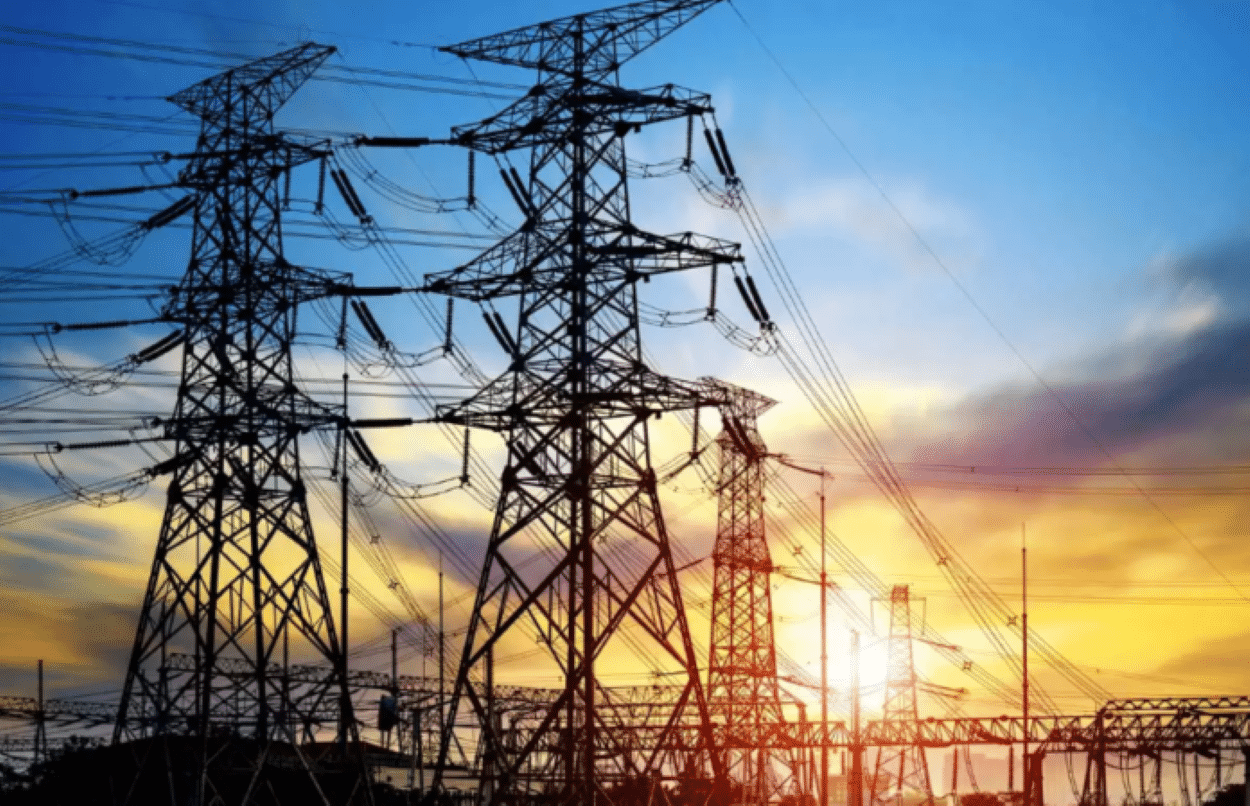The study “The Distributed Divide—How Solar Expansion Affects Non-Adopting Consumers and Utility Economics,” released by Arzachel, discloses a staggering burden of Rs200 billion on non-solar consumers for fiscal year 2023-24 due to rapid solar energy expansion. The report attributes a Rs2 per kilowatt-hour tariff increase to the unmanaged growth of solar systems and net metering, emphasizing the resulting financial strain and inequities.
Projected figures suggest that non-solar consumers will face escalating costs without prompt regulatory action. A 5% decline in grid demand, triggered by increased solar integration, may transfer an extra Rs131 billion in costs annually to these consumers, potentially doubling to Rs261 billion should the decline reach 10%.
The report advocates urgent regulatory reforms and policies to ensure fair cost distribution and grid stability. It suggests shifting from net metering to systems like net billing or feed-in tariffs to reduce rates and marginal costs, implementing fixed grid access charges that reflect actual costs, and developing a market for ancillary services to bolster grid stability.
The analysis also highlights the significant reshaping of Pakistan’s energy demand profile by rooftop and behind-the-meter solar installations. A typical 10kW net metering system can save a consumer Rs20 per unit in grid costs, while behind-the-meter systems yield an average savings of Rs7 per unit in fixed costs.
Although solar adopters see considerable savings, reduced grid demand during daylight hours leads to a drop in energy sales by 8-10%, placing the burden of fixed costs and grid maintenance on non-solar consumers.
Lastly, the report predicts the emergence of the “duck curve” phenomenon, where demand decreases sharply at midday during peak solar generation and surges in the evening. This pattern could result in a “death spiral,” characterized by rising tariffs, dwindling grid revenues, and increased solar adoption, threatening the sector’s long-term viability.






